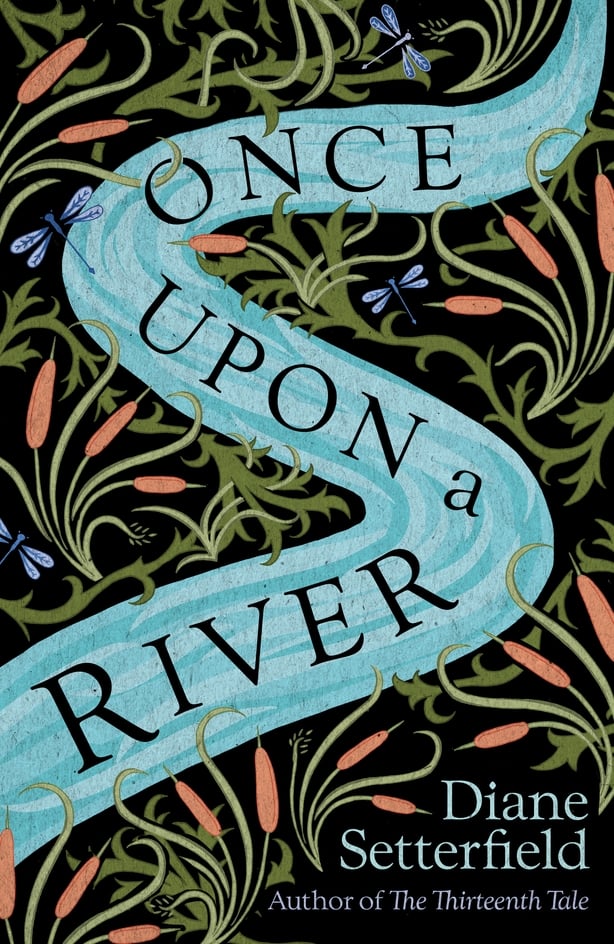Diane Setterfield's novel is prefaced by the following three lines: "Along the borders of this world lie others. There are places you can cross. This is one such place."
These lines give an indication of what may lie ahead, and immediately bring to mind St Nicholas, a play by Conor McPherson about a theatre critic who falls in with vampires in London. So compelling was the performance by Brendan Coyle in the Dublin Theatre Festival, that I believed every word of it.
So it is here. Diane Setterfield sets the scene, arms us with a certain amount of information and then allows her story to begin.
It is the night of the winter solstice in 1887, the shortest night of the year, and the setting is The Swan, a tavern at Radcot on the banks of the River Thames, about 20 miles from Oxford. "As the borders between night and day stretch to their thinnest", the author tells us, "so too do the borders between worlds. Dreams and stories merge with lived experience. Unexpected things can happen."
The Swan was famed for its storytelling and on the night in question, was full of regulars, when the door burst open and a tall man fell in. He had come from the River, was gravely injured and in his arms, carried what seemed at first to be a large puppet "with waxen face and limbs and slickly painted hair". As the man fell, the son of the house Jonathan, caught the puppet, but soon realised it was a little girl. "It’s a little girl" he shouts "She won’t wake up."

Rita Sunday is sent for, the local nurse and midwife, who was "born in a convent, lived there till adulthood and learnt all her medicine in the convent hospital." She tends to the injured man first, re-setting his nose and stitching his injured face, while he remains unconscious. The man is a photographer, which Rita gleans from the silver nitrate stains on his hands. In the novel, he is named Henry Daunt, based on Henry Taunt, a real-life photographer famed for his images of the River Thames. How did he get to the Swan? Was it Quietly, the ghostly Ferryman, who sees to it that those who get into trouble on the river make it safely ashore. Unless it is their time, in which case he sees them to the other side of the river.
Rita goes to see the child, who has been placed in the long room. She judges her to be about four years of age. "No breathing. No pulse. Full dilation of the pupils", but something isn’t right... she takes the child’s hand thinking this is all wrong, and then it happens: "the corpse opens its eyes."
Is it a miracle, and more importantly, who is she?
Could she be the daughter of businessman Anthony Vaughan and his wife Helena, who had disappeared two years earlier, or the long departed sister of Lily White, the parson’s housekeeper? Or indeed the illegitimate grand-daughter of Robert Armstrong and his wife Bess? Three claims, but there could be yet another explanation, for as the writer tells us, "a river no more begins at its source than a story begins with the first page." Thus the author steers us skillfully along the river.
Diane Setterfield's first novel The Thirteenth Tale was widely acclaimed when it appeared in 2006 and was subsequently made into a television movie. Settle in - this one will shorten a few of those long winter nights!







